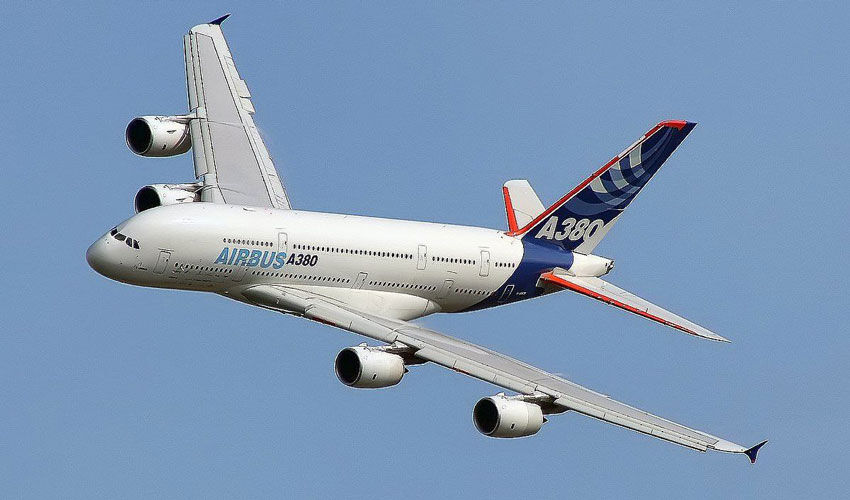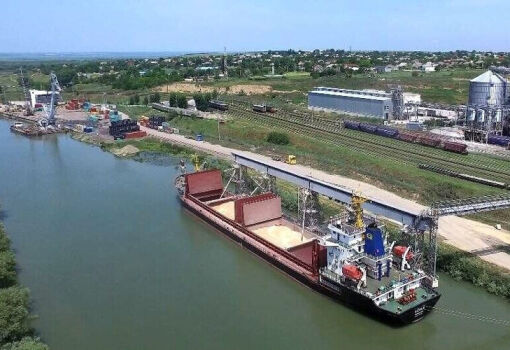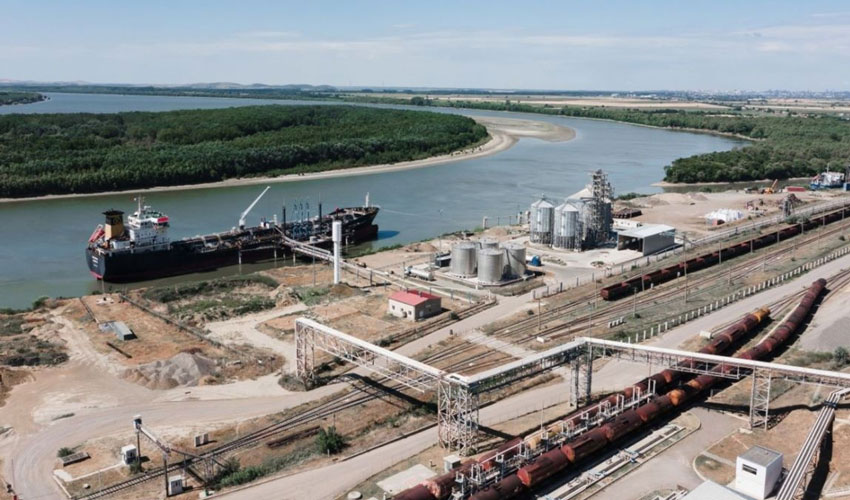
The Airbus SE A380 made its maiden flight in 2005. After 20 years, regulators are increasingly issuing airworthiness directives requiring inspections or replacement of aircraft parts. Some of these are routine, such as requiring timely equipment inspections. Others, however, are more serious.
Among the problems faced by airlines operating the Airbus SE A380, the source cites outdated rescue ramps and broken landing gear axles.
In total, carriers have received 95 airworthiness directives for the Airbus SE A380 since January 2020. The largest airplane is about twice ahead of rival Boeing’s aircraft over the same period in terms of the number of directives issued.
As Bloomberg notes, airlines are forced to continue operating the Airbus SE A380 because of a shortage of new airplanes. At one time Airbus SE A380 was a triumph of international cooperation: parts for it were produced by 1.5 thousand companies around the world. Now, however, the aircraft’s complex design has become a challenge for disparate supply chains.
Given that the Airbus SE A380 can carry about 500 passengers, flight delays caused by technical problems can not only cost airlines dearly, but also create a number of problems with flight schedules. According to the aircraft repair company Lufthansa Technik, a comprehensive inspection of such a large aircraft could require 60,000 working hours.
Airbus said the A380 continues to operate scheduled flights with a high level of operational reliability, reaching 99% for the entire global fleet over the past 12 months. Airbus is committed to providing customers with full technical support so they can optimize the performance of their A380 fleets. And this will continue as long as the aircraft remains in service.













